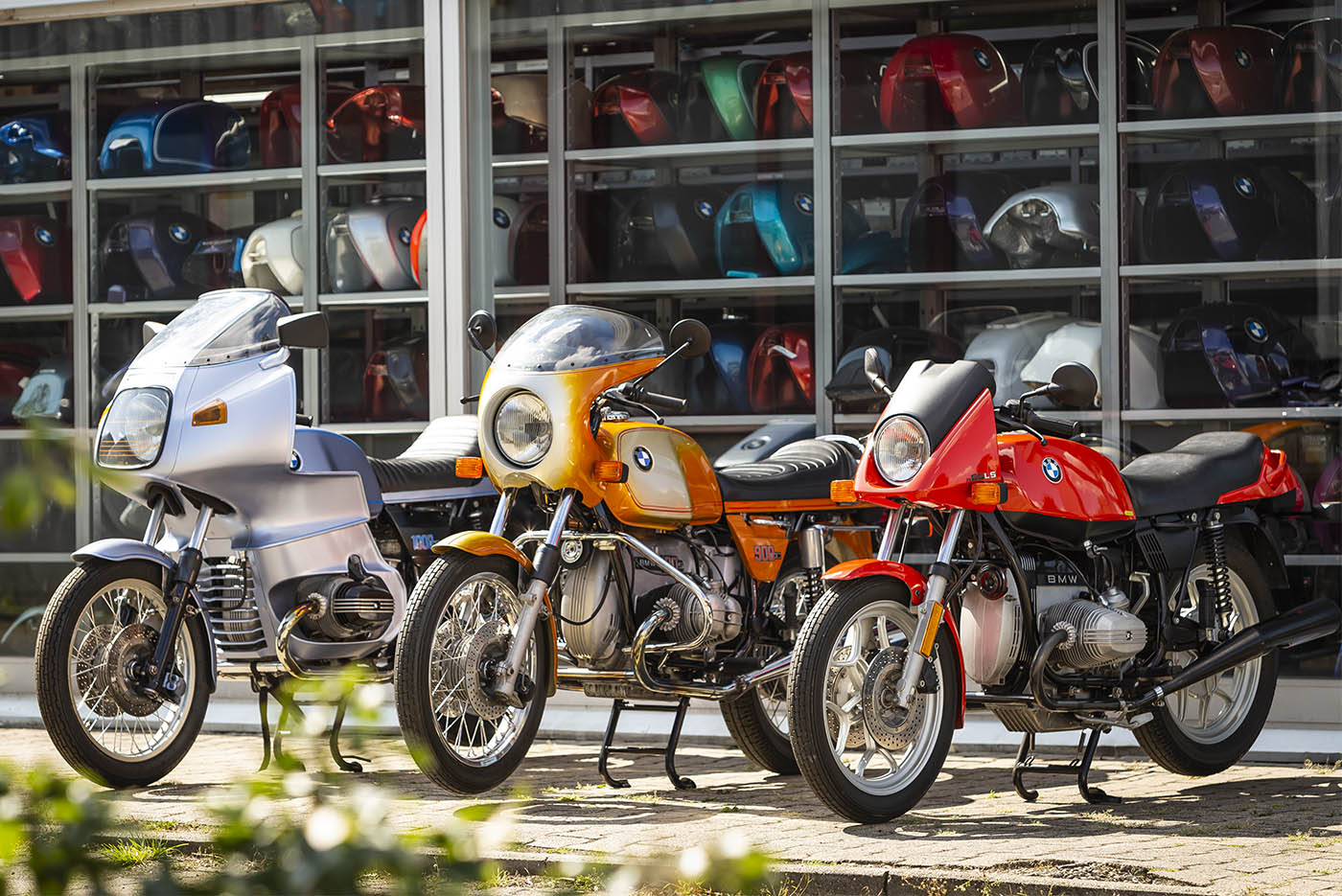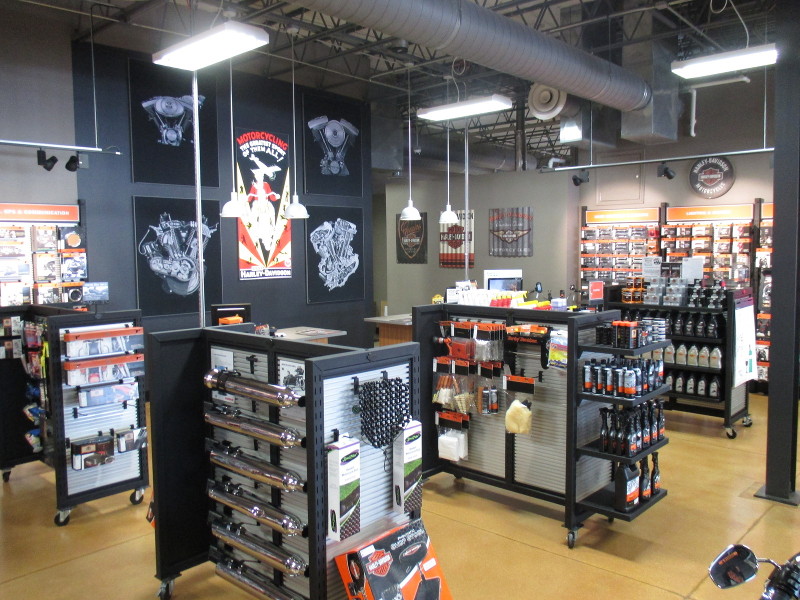Discover the current Motocross Gear NZ for Every Degree of Rider
Grasping Motorcycle Gears: How to Optimize Your Riding Experience
In the world of motorcycling, understanding the art of equipment control is crucial for boosting your riding performance. Effectively comprehending and using motorcycle gears can substantially influence fuel, control, and velocity efficiency, transforming a typical experience into a seamless, thrilling trip. By including exact change timing and adjusting equipment option to different roadway conditions, cyclists can ensure ideal engine performance and safety. The subtleties of clutch control, throttle coordination, and gear auto mechanics beckon a much deeper exploration, guaranteeing to open the complete potential of your maker. Just how can these strategies be taken advantage of to truly maximize your riding experience?
Recognizing Gear Mechanics
Just how do the details of equipment technicians influence motorbike performance? At the core of motorcycle characteristics, equipment technicians play a crucial role in converting engine power into movement, inevitably dictating rate and control. Gears, diligently crafted elements, enable riders to optimize torque and rate, making certain a seamless transition via various terrains and velocities. The gear ratios, carefully created, establish the relationship in between engine revolutions and wheel turns, influencing velocity and fuel efficiency.
Comprehending equipment auto mechanics begins with identifying the importance of the transmission, which houses several gears of differing sizes. These equipments engage through a process recognized as meshing, where teeth of various equipments involve to send power.
In addition, the idea of equipment shifting is important to making best use of performance. Prompt and smooth shifts guarantee that the engine operates within its optimal power band, preventing unnecessary stress and improving long life (motorcycle shop). By understanding these mechanical complexities, bikers can achieve a harmonious mix of performance, control, and power, elevating their riding experience
Timing Your Changes
Shift timing proficiency is important for enhancing motorbike performance and improving the riding experience. Appropriately timed changes make sure that the engine operates within its optimal power band, which is essential for keeping control, attaining smooth velocity, and ensuring the longevity of the motorbike. Bikers need to establish an instinctive sense of when to shift equipments, which involves comprehending the relationship in between engine transformations per minute (RPM) and rate.
To master shift timing, pay close interest to the engine's sound and feel, as these offer vital hints regarding when to transform gears. When the engine comes close to the top range of its power band without getting to the redline, the suitable change factor normally happens - motocross gear nz. Changing prematurely can lead to a lack of power, while changing far too late may cause unnecessary engine pressure
In addition, roadway conditions and riding design influence shift timing. In urban settings, smoother and much more frequent shifts might be needed to navigate website traffic successfully. On the other hand, throughout freeway riding, fewer shifts at greater speeds can be better. Exercising in varied environments will boost your capacity to time changes specifically, inevitably elevating your riding experience to an expert level.
Enhancing Gas Effectiveness
While mastering motorbike gears is crucial for efficiency, boosting gas effectiveness is similarly vital for both financial and ecological reasons. Optimum gas consumption not only lowers operational costs however additionally minimizes the environmental footprint of riding. To achieve this, one have to comprehend the intricate partnership in between gear selection and engine performance.
Riding in a higher gear at lower a knockout post speeds can lead to engine lugging, which is damaging to both gas economic situation and engine health. On the other hand, riding in reduced equipments at high speeds results in unneeded gas intake.
Additionally, routine maintenance plays an essential function in gas efficiency. Guaranteeing that the motorbike is well-tuned, with tidy air filters and effectively pumped up tires, can minimize and enhance the rules of aerodynamics fuel wastage. Adopting a riding style that accepts progressive velocity and smooth slowdown can contribute to far better gas economic climate.

Methods for Smooth Transitions
Achieving smooth equipment transitions is basic to improving the riding experience and guaranteeing the longevity of a motorcycle's transmission system. Proper gear changing not just adds to a seamless ride however additionally reduces deterioration on the mechanical elements. To understand the art of smooth transitions, motorcyclists need motorcycle gear shop near me to focus on a few vital strategies.

Second of all, clutch control plays an essential role. Engaging and disengaging the clutch smoothly calls for technique. The clutch bar should be released gradually, enabling for a smooth transfer of power from the engine to the wheels without creating a shock or abrupt motion.

Adapting to Roadway Problems
Navigating varied road problems is a critical skill for any kind of motorcyclist aiming to maintain control and safety and security. Whether you're riding on damp surface areas, crushed rock roadways, or browsing sharp turns, your ability to adjust your gear use and riding technique is critical. Comprehending how to adjust your gears appropriately can dramatically affect grip and stability, making sure a safer trip.
In contrast, when riding on crushed rock or irregular surface, reduced gears are preferable. Reduced gears offer far better control and enable you to respond more swiftly to unexpected changes in the road surface area.
Sharp curves require precise equipment monitoring to balance rate and control. Downshifting before entering a curve can help preserve momentum while making certain the motorcycle continues to be stable throughout the turn. Constant practice in diverse conditions enhances your capability to react and anticipate to changes in road appearance and incline.
Conclusion
Mastering motorbike equipments considerably enhances the riding experience by boosting fuel, control, and velocity effectiveness. A complete understanding of equipment auto mechanics and accurate shift timing guarantees the engine operates within its optimal power band, while smooth transitions through reliable clutch and throttle coordination boost convenience and efficiency. Adjusting gear option to different road problems, such as making use of greater gears on damp surfaces and reduced equipments on gravel, additional improves handling and safety and security. Eventually, these abilities elevate the overall journey.
Comprehending equipment mechanics starts with acknowledging the relevance of the transmission, which houses several equipments of varying sizes. These gears communicate with a procedure recognized as meshing, where teeth of various gears involve to transfer power (motorcycle shop). Gentle adjustments to the throttle throughout gear shifts can prevent jerky activities and preserve a regular riding pace
Whether you're riding on wet surface areas, crushed rock roadways, or navigating sharp turns, your capacity to adapt your gear usage nearest motorcycle shop and riding technique is critical. Adapting equipment choice to various road conditions, such as utilizing higher gears on damp surfaces and lower gears on gravel, more boosts handling and safety and security.